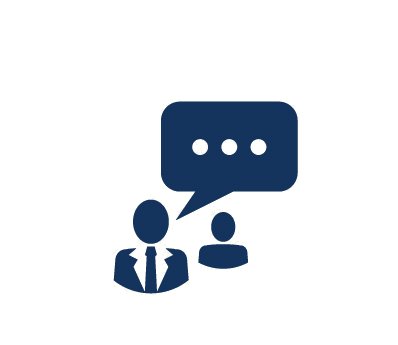Duration: 2 Days
In this course, you will discover proven techniques for discovering, understanding, and describing product vision. You will learn to understand and depict personas and user stories as well as identify additional requirements and acceptance criteria. You will cover how to model desired product features and functions and communicate collaboratively with colleagues, sponsors, and business customers. Through hands-on exercises, you will gain the competence and confidence you need to improve project outcomes through better requirements definition
What You Will Learn
- Tools and techniques an organization should use to better define and
communicate requirements for Agile projects
- Levels and types of requirements
team roles
- Write user stories
- Review requirements elicitation and new
discovery methods Attendees will understand
- Story decomposition and
modeling with simple graphical methods
- Problem identification and solving
capabilities
- Build an effective discover and delivery framework to
help any Agile project succeed
Audience
- Anyone involved with Agile Projects that wants to learn more about hot to
incorporate Agile approaches into projects
- Project Sponsors or Owners
- Business and Systems Analysts
- Project Managers
- Systems
Architects and Designers
- QA
Professionals,
- Systems and
Applications Developers
- Testers and Leaders of Systems Projects
- Team Leads
Prerequistes
Course Outline
1. Agile Essentials
- Agile Manifesto and Guiding
Principles
- Agile Approaches
- Hybridizing Agile
- Which Agile is Right for
You?
- Business Analysis for Agile Projects
2. Agile
Business Analyst
- Role of a Business Analyst (BA) in Agile Projects
- BA
Underlying Competencies
- Requirement Basics
- Asking the Right Questions
- Business Analysis Techniques
- Mapping BA Techniques to Agile
- Guidelines for
Agile Business Analysis
3. Product Vision
- Framework for
Assessing Business Needs and Value
- Defining the Product that Solves the
Problem
- Building a Product Roadmap
- Importance of Release Planning
- Stakeholders, Actors, and Personas
4. Voice of the Customer
- Concepts, Goals, Themes, and Epics
- User Stories
- Use Cases
- Story/Feature Mapping
- Story Decomposition
- Story Elaboration
- Acceptance
Criteria
- Storyboarding for Validation
5. Prioritizing for Business Value
- Product Backlog
- Prioritizing Items for the Backlog
- Importance of Sprint Planning
- Managing
and Grooming the Backlog
6. Moving Toward Behavior-Driven
Development
- Behavior-Driven Development
- Bridging the Gap with Real
Examples
- Using Analysis Models for Elaboration and Clarification
- "Given/When/Then/And" Technique
7. Collaboration and
Continuous Improvement
- Creating a Safe Work Environment
- Using
Collaborative Games
- Importance of Stand-Ups and Sprint Reviews
- Retrospectives
- Toward Continuous Improvement
Exercises:
Exercise 1: Conduct a Guided Assessment
- Define and document the business environment
- Clearly describe the scope of the business
- Perform a straightforward analysis of a proposed business opportunity
- Assess and describe the project's stakeholders, actors, and personas
Exercise
2: Develop the Themes, Epics, and User Stories Describing the Customers Required
Capabilities
- Elicit
additional requirements and acceptance criteria for your stories
- Create a storyboard to validate
Exercise 3: Evaluate and Prioritize Your
User Stories
Exercise 4: Clarify Requirements Using Real Examples
Exercise
5: Communication, Collaboration, and Teamwork
Course Labs


